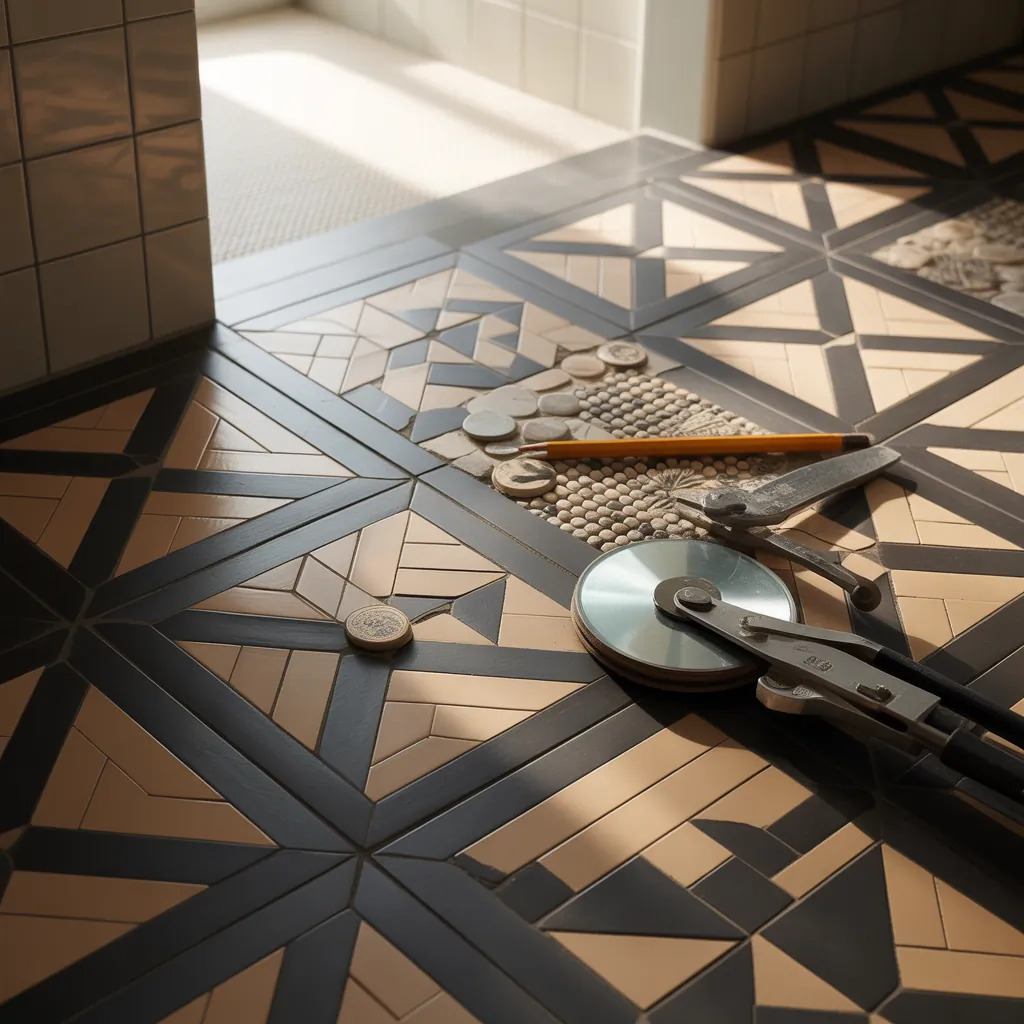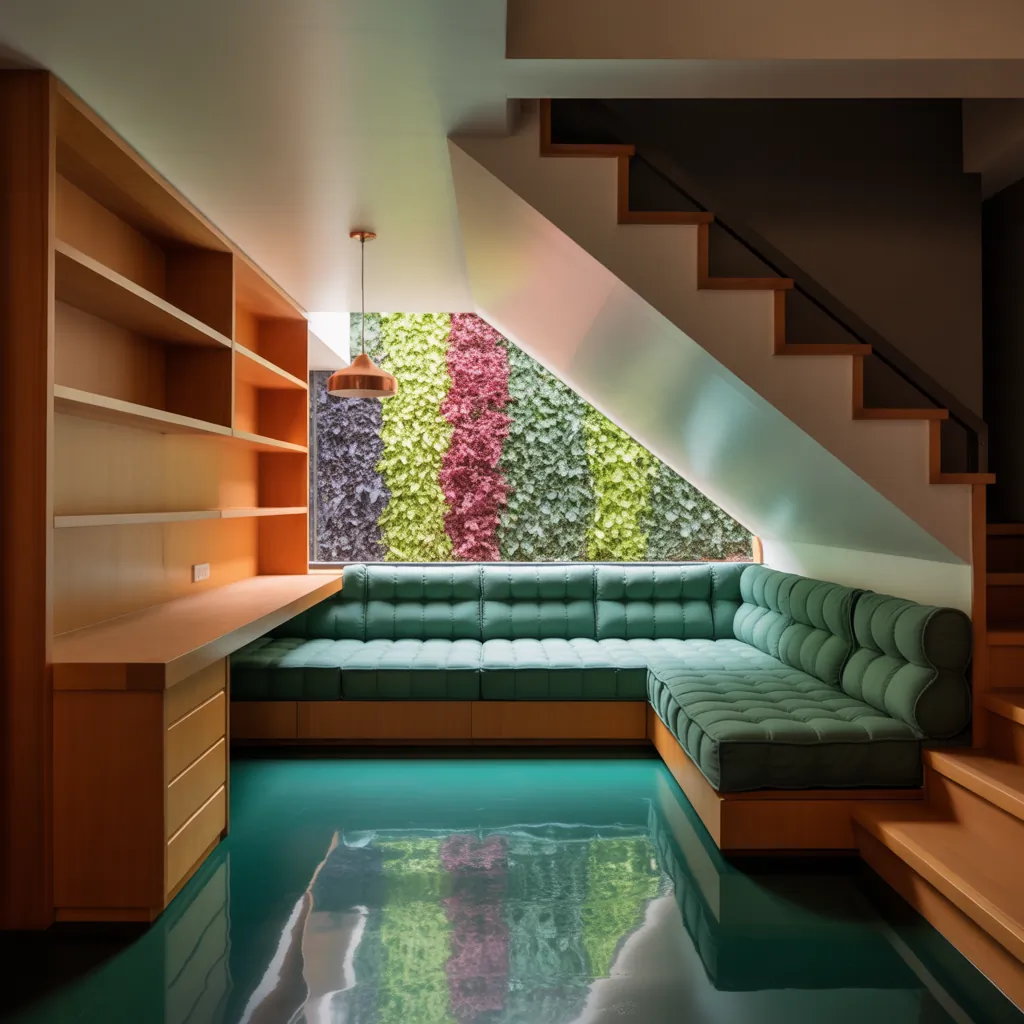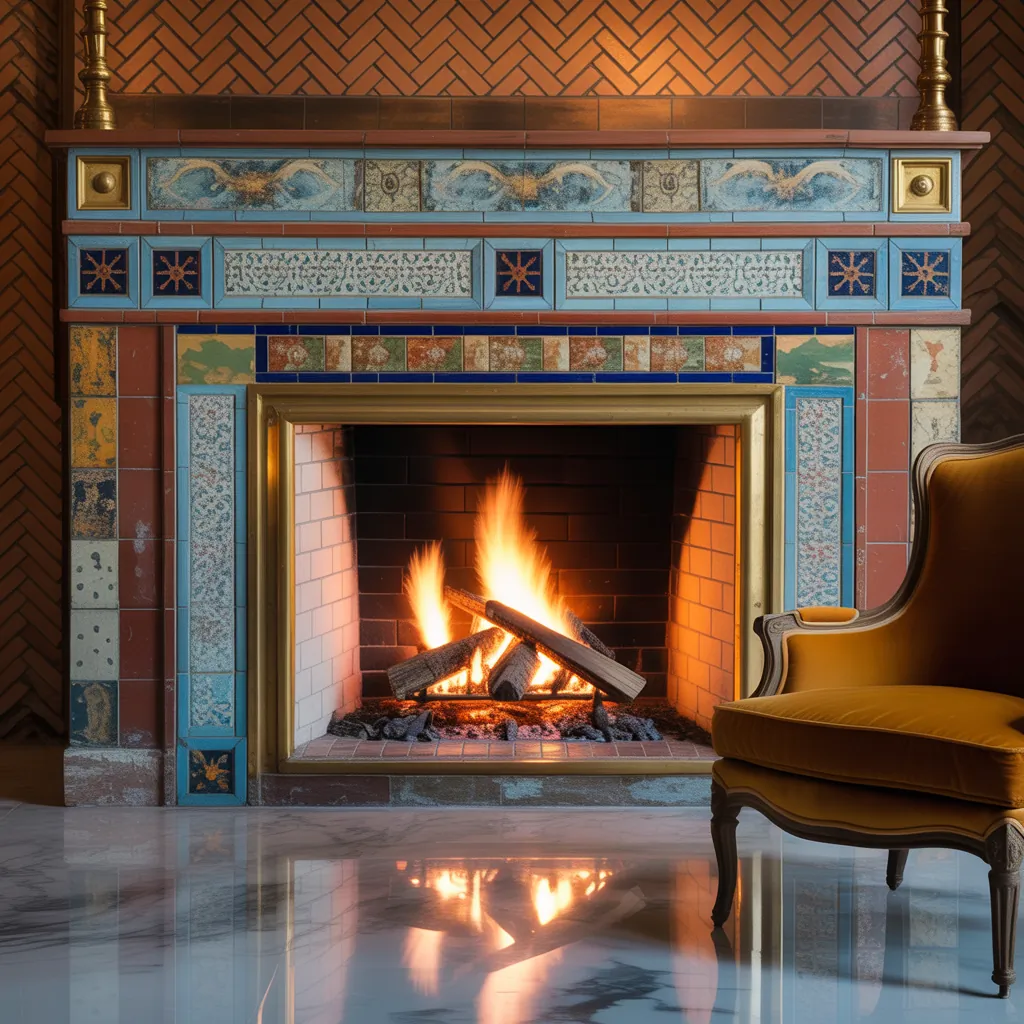Ever stood in a bathroom looking at plain, tired flooring and wondered how one small change could make the whole room feel brand new? Whether you’re tackling a weekend refresh or planning a full remodel, choosing the right tile can transform a cramped powder room into a stylish sanctuary. These tile ideas bathroom floor suggestions will help you pick materials, patterns, and DIY-friendly techniques that give big impact without breaking the bank.
Why your bathroom floor matters (and how tile can help)
Bathroom flooring takes a beating — moisture, foot traffic, and soap scuffs. The right tile balances durability, slip resistance, and aesthetics. Porcelain and ceramic tiles are water-resistant and low-maintenance; natural stone adds luxury but needs sealing; luxury vinyl tile (LVT) is budget-friendly and DIY-friendly. Below are practical design directions and step-by-step advice so you can confidently plan your project.
Top tile types and where to use them
Ceramic and Porcelain
Both are great for bathroom floors. Porcelain is denser and more water-resistant — ideal for high-moisture zones. Ceramic comes in more budget-friendly options and many surface finishes.
Natural Stone
Marble, slate, and travertine create a high-end look. They require sealing and more maintenance but bring unique veining and texture.
Encaustic and Patterned Cement
Perfect for statement floors. Use these in small bathrooms or as a central rug area to avoid overwhelming the space.
Hex, Mosaic, and Penny Tiles
Small tiles are excellent for curved areas and providing grip. They also work well with heated floors.
Stylish layout and pattern ideas
- Herringbone: Works well with rectangular tiles and elongates narrow bathrooms.
- Basketweave: Classic look that disguises floor imperfections.
- Diagonal layout: Makes a small bathroom feel larger by drawing the eye outward.
- Checkerboard: Timeless contrast for black-and-white or high-color schemes.
- Large-format tiles: Fewer grout lines create a seamless, spa-like appearance.
Practical design tips for small bathrooms
- Choose lighter colors to reflect more light and visually expand the space.
- Use larger tiles to reduce grout lines and create continuity.
- Consider elongated rectangular tiles laid vertically to add perceived height.
- Add a border or patterned “rug” of encaustic tiles to anchor the sink or tub area.
DIY-friendly tile ideas bathroom floor projects
If you like hands-on work, many tiling jobs are approachable for experienced DIYers. Below is a step-by-step guide to a typical tile floor install (for a 4–6 hour room prep and a weekend layover):
Tools and materials you’ll need
- Tiles, spacers, thin-set mortar, grout
- Notched trowel, tile cutter or wet saw, tile nippers
- Level, chalk line, rubber grout float, sponge
- Backerboard (cement board) if covering wood subfloor
- Waterproofing membrane for wet areas
Step-by-step installation overview
- Prepare the subfloor: Remove old flooring, repair any rot, and install cement backerboard if required.
- Plan your layout: Dry-lay tiles to determine the best starting point and where cut pieces will fall. Use a chalk line for straight reference lines.
- Apply thin-set mortar: Use a notched trowel, working in small sections so the mortar doesn’t skin over.
- Lay tiles and spacers: Press tiles with a slight twisting motion for full contact. Check with a level often.
- Cut tiles to fit: Use a wet saw for straight cuts and nippers for curves around pipes.
- Let the tiles set: Wait at least 24 hours before grouting.
- Grout and seal: Apply grout with a rubber float, clean excess with a damp sponge, then seal grout if necessary.
Quick DIY shortcuts
- Peel-and-stick porcelain-look vinyl tiles — fast and forgiving for rentals.
- Tile stick-down sheets or mesh-backed mosaic sheets to speed up layout.
- Rent a wet saw rather than buying for a single project.
Choosing grout, color, and finishes
Grout can make or break the final look. Light grout with light tiles keeps the aesthetic airy; darker grout hides stains and creates contrast with white or light tiles. Consider epoxy grout for high-moisture areas because it’s more stain-resistant. For slip resistance, choose matte finishes or textured tiles for the floor.
Budgeting and real-world advice
Set a realistic budget: tile material, underlayment, tools (or rental), and labor if you hire help. Typical mid-range porcelain floor jobs can be done for a few hundred dollars in materials for a small bathroom; labor is the biggest variable if you’re not DIYing. Always buy 10–15% more tile than your calculated area to account for cuts and breakage.
Heated floors and water management
For chilly mornings, consider electric radiant floor mats under tile. Plan wiring and insulation before laying tiles. For bathrooms with showers or wet zones, ensure proper slope and waterproofing membranes are installed to prevent moisture problems over time.
Design inspiration: pairings that work
- Marble-look porcelain with brass fixtures for classic luxury.
- Hexagon matte black tiles with white grout and minimalist fixtures for modern charm.
- Cement pattern tiles combined with neutral wall paint to make the floor the focal point.
- Wood-look porcelain planks in a herringbone pattern for warm, spa-like feel.
Frequently Asked Questions
1. What is the best tile for bathroom floors?
Porcelain tile is typically best for bathroom floors due to its density, water resistance, and durability. Ceramic is also a good option for lower budgets. For a high-end look, natural stone works well but requires sealing and more maintenance.
2. Can I install tile over existing tile?
Yes, you can install new tile over existing tile if the old floor is level, well-bonded, and not cracked. Clean and scuff the surface, use a suitable bonding thin-set or a backerboard over the old tile for best long-term results.
3. How do I prevent slippery bathroom floors?
Choose textured or matte-finish tiles and smaller tile sizes (more grout lines for traction). Add non-slip rugs near tubs and showers and consider anti-slip coatings if necessary.
Conclusion — start your tile floor transformation today
Choosing the right tile ideas bathroom floor can refresh your space, increase value, and let you enjoy a spa-like room every day. Whether you opt for a DIY weekend project with peel-and-stick vinyl, tackle a full porcelain install, or bring in pros for heated floors, planning and preparation make all the difference. Ready to start? Browse our DIY projects to pick a plan, or check home design ideas for layout inspiration. If you’re also updating adjacent spaces, take a look at our kitchen upgrades guide for coordinating finishes and material choices.
Call to action: Download a free planning checklist from our DIY projects page to map your layout, materials, and budget — then grab your tools and get started on a bathroom floor you’ll love.



